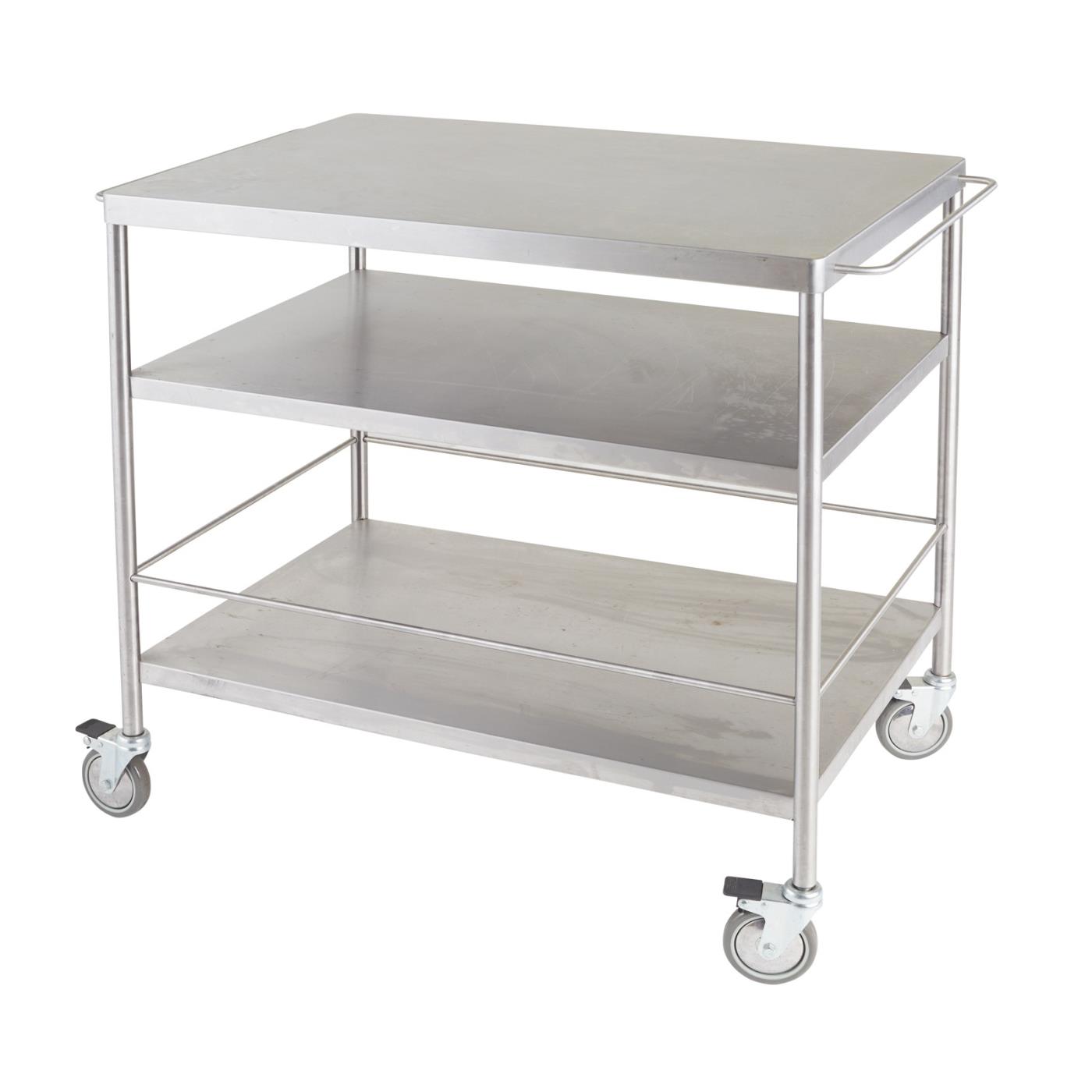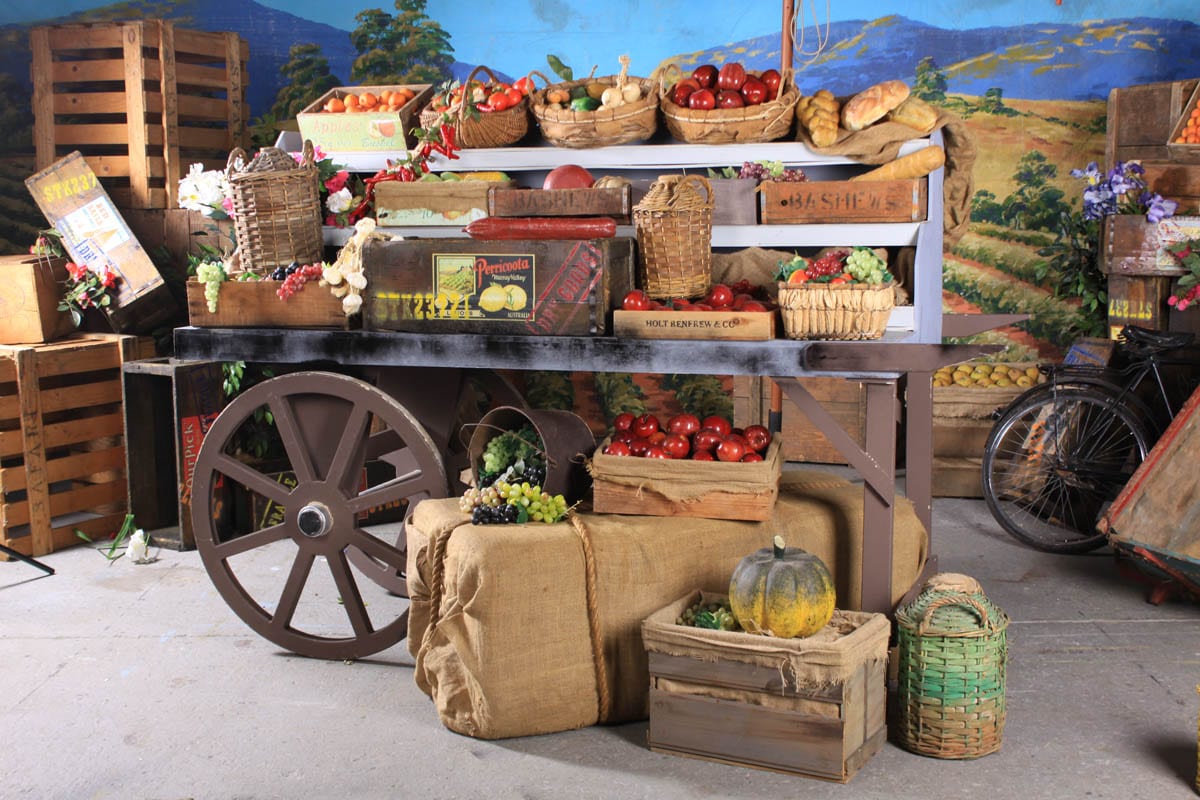In the vibrant tapestry of the food industry, food service carts have emerged as culinary beacons, offering delectable treats and unforgettable dining experiences. Join us as we delve into the world of these mobile kitchens, exploring their types, benefits, and the art of operating a successful food service cart.
From humble beginnings to innovative designs, food service carts have evolved into versatile and efficient culinary powerhouses. Whether you’re a seasoned entrepreneur or an aspiring food enthusiast, this comprehensive guide will provide you with the knowledge and insights to navigate the exciting world of food service carts.
Overview of Food Service Carts

Food service carts are mobile units designed to prepare, transport, and serve food and beverages in various settings. They offer flexibility and convenience, enabling businesses to expand their services and cater to diverse customer needs.
Types of food service carts include:
- Hot food carts:Designed to keep hot food items warm and ready to serve.
- Cold food carts:Maintain cold temperatures for perishable items like salads, sandwiches, and desserts.
- Beverage carts:Dispense beverages such as coffee, tea, juices, and cocktails.
- Specialty carts:Cater to specific cuisines or offer unique food items, such as taco carts or ice cream carts.
Benefits of Food Service Carts
- Flexibility:Carts can be easily moved and positioned to meet changing needs and customer flow.
- Convenience:They bring food and beverages directly to customers, eliminating the need for long lines or table service.
- Increased revenue:Carts can expand a business’s reach and generate additional income streams.
Limitations of Food Service Carts
- Limited space:Carts have a limited capacity for food and supplies, which can restrict the menu or require frequent restocking.
- Mobility constraints:Carts require clear pathways and may face challenges in navigating crowded areas.
- Weather dependence:Outdoor carts may be affected by weather conditions, limiting their use in extreme temperatures or inclement weather.
Considerations for Choosing a Food Service Cart

Selecting the appropriate food service cart is crucial for the success of any mobile food business. Several factors must be taken into account to ensure that the cart aligns with the specific needs and requirements of the business.
The following checklist provides a comprehensive guide for selecting a food service cart:
Cart Size and Capacity
- Consider the size and capacity of the cart to accommodate the necessary equipment, supplies, and inventory.
- Determine the dimensions of the cart, including height, width, and length, to ensure it fits within the designated operating area.
Materials and Durability, Food service carts
- Select durable materials that can withstand the rigors of daily use, such as stainless steel, aluminum, or fiberglass.
- Ensure the cart is weather-resistant to protect against environmental elements.
Mobility and Maneuverability
- Choose a cart with wheels that are appropriate for the operating environment, such as smooth pavement or uneven terrain.
- Consider the size and maneuverability of the cart to ensure it can easily navigate through crowded areas.
Equipment and Utilities
- Determine the specific equipment and utilities required for the business, such as a grill, refrigerator, or sink.
- Ensure the cart has the necessary electrical, plumbing, and ventilation systems to support the equipment.
Customization and Branding
- Consider the branding and customization options available for the cart to promote the business.
- Customize the cart with logos, graphics, and colors to reflect the business’s identity and attract customers.
Cost and Budget
- Establish a budget for the food service cart and consider the initial cost, maintenance, and ongoing expenses.
- Compare prices from different vendors and negotiate the best possible deal.
Designing and Equipping a Food Service Cart
Creating a functional and efficient food service cart is crucial for successful operations. It requires careful planning and attention to detail to ensure smooth operations and customer satisfaction.
Designing a Functional Cart
- Determine Space Requirements:Consider the menu, equipment, and storage needs to determine the optimal size and layout of the cart.
- Optimize Workflow:Design a layout that facilitates efficient movement of staff and minimizes bottlenecks.
- Incorporate Flexibility:Allow for adjustments in equipment placement or menu offerings to adapt to changing needs.
Essential Equipment and Accessories
The specific equipment and accessories required will vary depending on the menu and operations. However, some essential items include:
- Cooking Equipment:Grills, fryers, or ovens for preparing food items.
- Refrigeration:To store perishable ingredients and maintain food safety.
- Storage:Shelves, drawers, or bins for organizing supplies and equipment.
- Serving Utensils:Plates, bowls, cups, and utensils for serving customers.
- Point-of-Sale System:To process orders and accept payments.
Ventilation and Sanitation
Proper ventilation is essential to remove cooking fumes and odors. It helps maintain a comfortable working environment and prevents health hazards. Additionally, strict adherence to sanitation practices is crucial to prevent foodborne illnesses and ensure customer safety.
Operating a Food Service Cart
Operating a food service cart requires a combination of culinary skills, business acumen, and customer service excellence. This section provides a comprehensive guide to the steps involved in operating a successful food service cart, including best practices for food handling, customer service, and marketing.
Steps Involved in Operating a Food Service Cart
- Menu Development:Create a concise menu that showcases your culinary skills and caters to the target audience. Consider factors such as ingredient availability, preparation time, and customer preferences.
- Procurement and Inventory Management:Establish reliable supplier relationships to ensure the consistent supply of fresh, high-quality ingredients. Implement an inventory management system to track stock levels and minimize waste.
- Food Preparation and Handling:Adhere to strict food safety standards to ensure the health and safety of customers. Establish designated food preparation and storage areas and follow proper food handling practices.
- Customer Service:Provide exceptional customer service by being friendly, attentive, and efficient. Build relationships with regular customers and encourage positive reviews.
- Marketing and Promotion:Promote your food service cart through various channels such as social media, local advertising, and community involvement. Leverage customer testimonials and online reviews to build credibility.
- Financial Management:Keep accurate financial records to track revenue, expenses, and profitability. Monitor cash flow and make informed decisions to optimize operations.
Trends and Innovations in Food Service Carts

The food service cart industry is constantly evolving, with new trends and innovations emerging all the time. These trends are being driven by a number of factors, including the growing popularity of street food, the increasing demand for convenience, and the need to reduce costs.
One of the most significant trends in the food service cart industry is the increasing use of technology. Carts are now being equipped with a variety of technologies, such as GPS tracking, mobile ordering, and point-of-sale systems. These technologies are helping carts to operate more efficiently and to provide a better customer experience.
New Technologies and Innovations
- GPS trackingallows carts to track their location in real-time. This information can be used to improve routing and to provide customers with up-to-date information on the cart’s location.
- Mobile orderingallows customers to order food from their smartphones or tablets. This can save time and make it easier for customers to get their food.
- Point-of-sale systemsallow carts to accept payments and track sales. This information can be used to improve inventory management and to identify trends in customer behavior.
Another trend in the food service cart industry is the growing popularity of food trucks. Food trucks are larger than traditional carts and offer a wider variety of food options. They are also more likely to be found in high-traffic areas, such as downtown business districts and near popular attractions.
Potential for Food Service Carts in Various Settings
Food service carts can be used in a variety of settings, including:
- Street fairs and festivals
- Sporting events
- Concerts
- Corporate events
- Private parties
The versatility of food service carts makes them a great option for entrepreneurs who want to start their own business. With a little creativity, food service carts can be used to offer a wide variety of food options to customers in a variety of settings.
Case Studies and Success Stories
Food service carts have the potential to be highly successful businesses, with some entrepreneurs achieving remarkable results. Let’s explore some case studies and identify the strategies and best practices that have contributed to their success.
The Rise of the Gourmet Food Cart
The gourmet food cart movement has taken the culinary world by storm. One notable example is Kogi BBQ, a Los Angeles-based Korean barbecue cart that gained immense popularity for its innovative fusion cuisine. Kogi BBQ’s success can be attributed to its focus on high-quality ingredients, unique flavor combinations, and a strong social media presence.
The Mobile Eatery Empire
Another success story is The Halal Guys, a New York City-based food cart that has expanded into a multi-location empire. The Halal Guys’ menu features Middle Eastern and Mediterranean dishes, which have resonated with customers due to their affordability, authenticity, and generous portions.
The company’s success has been driven by its commitment to providing consistently delicious food, efficient service, and a welcoming atmosphere.
The Power of Partnerships
Collaboration can be a key ingredient for success in the food service cart business. An example is the partnership between the food cart Los Tacos No. 1 and the beverage company Topo Chico. This collaboration has allowed Los Tacos No.
1 to expand its reach and increase its visibility, while Topo Chico has gained access to a new customer base.
The Importance of Adaptability
The food service cart business is constantly evolving, and successful entrepreneurs are those who are able to adapt to changing trends and customer preferences. An example is the food cart Seoul Sausage, which started as a traditional Korean barbecue cart but later expanded its menu to include American-style hot dogs and other fusion dishes.
This adaptability has allowed Seoul Sausage to remain relevant and competitive in a rapidly changing market.
Popular Questions
What are the different types of food service carts?
Food service carts come in various types, including carts for hot food, cold food, beverages, and specialty items like ice cream or coffee.
What factors should I consider when choosing a food service cart?
When selecting a food service cart, consider factors such as the type of food you’ll serve, the size and capacity of the cart, the durability and ease of cleaning, and the cost.
How can I ensure the safety and sanitation of my food service cart?
Proper ventilation, regular cleaning, and adherence to food safety regulations are crucial for maintaining the safety and sanitation of your food service cart.
